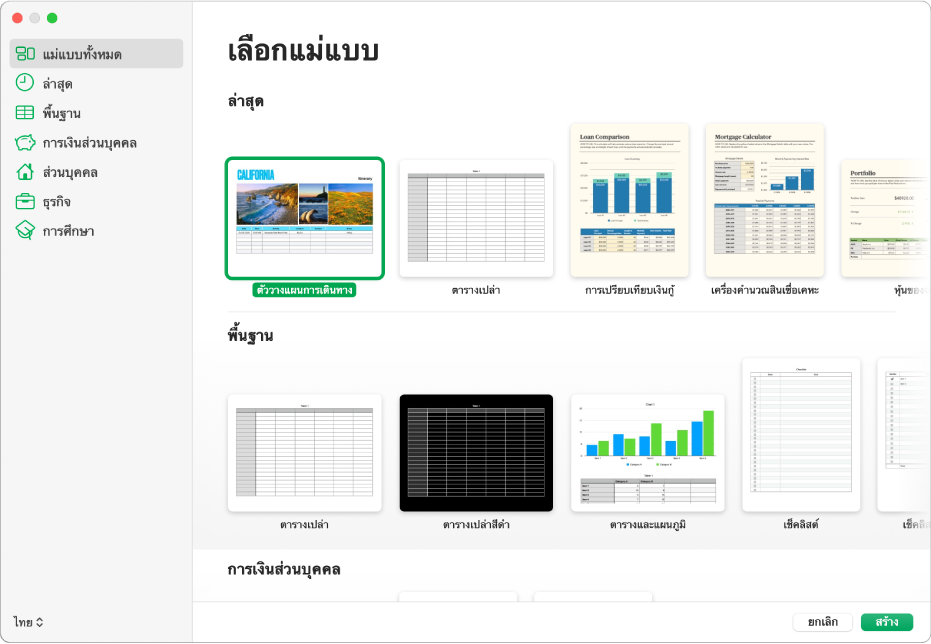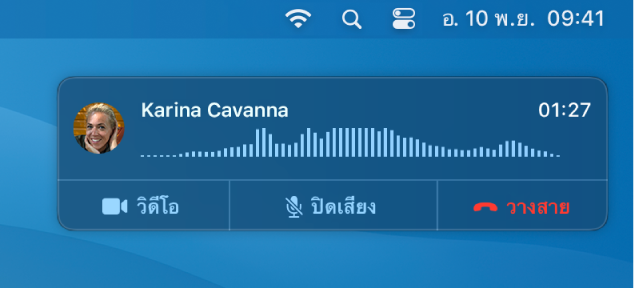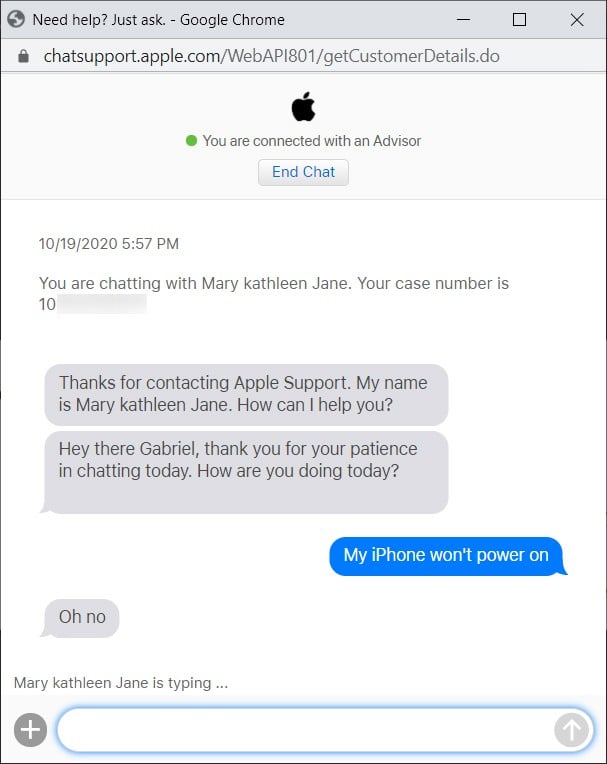


Multi-touch might have been new to Jony’s design team, but it wasn’t new in academia. The iPhone prototype known as ‘Model 035’ It wouldn’t happen overnight and, thanks to market forces, another revolutionary Apple product would emerge from the pipeline first. The designers were astonished “We could zoom in and zoom out with touch gestures onto the Apple campus!” said Satzger.īuilding a finger-controlled tablet looked like a real possibility. After bringing up Apple’s Cupertino HQ, one of them spread his fingers apart on the screen, zooming in on the campus.

They showed Jony and the designers a demonstration with Google Maps.

Within a week, they came back with a twelve-inch MacBook display hooked to a big tower Power Mac, which provided the computing power to interpret the finger gestures.
#Apple help phone number for mac software
With Jobs’ seal of approval, Jony directed Imran Chaudhri and Bas Ording, two of Apple’s most talented software engineers, to shrink the massive capacitive array into a working tablet prototype. The gambit worked, and Jobs loved the idea. Jony followed his instincts and showed Jobs the system in private. I realized that if he pissed on this, it would be so sad because I know it was so important.” I feel that ideas are very fragile, so you have to be tender when they are in development. “He might say ‘This is shit,’ and snuff the idea. “Because Steve is so quick to give an opinion, I didn’t show him stuff in front of other people,” Jony said. Jony reasoned that he had to show the work in progress to Jobs in private, with no one else around. Jony wanted to show the system to Steve Jobs, but he was afraid his boss would pour cold water on it since it was still raw and unpolished. “This is going to change everything,” Jony told the design team after he saw it. The entire front face is one big, unbroken expanse of glass. This is Jony Ive’s first sketch for what would become the first iPhone. The projector shone the Mac’s operating system onto the array, which was a mass of wires. It was a big capacitive display about the size of a ping pong table, with a projector suspended above it. The Input Engineering team had built a giant experimental system to test multi-touch. One of the designers suggested a touchscreen controller that functioned as an alternate to a keyboard and mouse, a sort of virtual keyboard with soft keys. Instead of a keyboard and mouse, users could tap on the screen of the computer to control it. The most obvious idea was a touchscreen Mac. Brainstorming about multi-touch devicesĮxcited by Kerr’s explanation of what a sophisticated touch interface could do, the team members started to brainstorm the kinds of hardware they might build with it. Kerr explained to his colleagues that the new technology would allow people to use two or three fingers instead of just one, and that it would afford much more sophisticated interfaces than simple single-finger button presses. There was no pinching or zooming, no swiping up and down or left and right. Screens that were sensitive to fingers, not pens, like ATM screens, were restricted to single presses.
#Apple help phone number for mac windows
Most touch devices, such as Palm Pilots and Windows tablets, used a pen or stylus. Today it doesn’t seem exceptional, but back then, touch interfaces were pretty primitive. That morning was the first time the team had even heard of multi-touch.


 0 kommentar(er)
0 kommentar(er)
